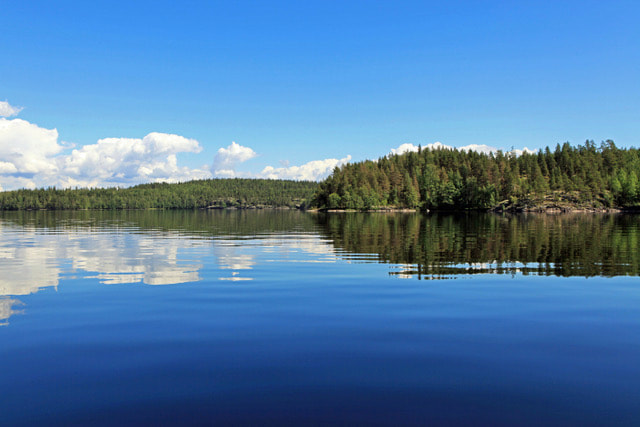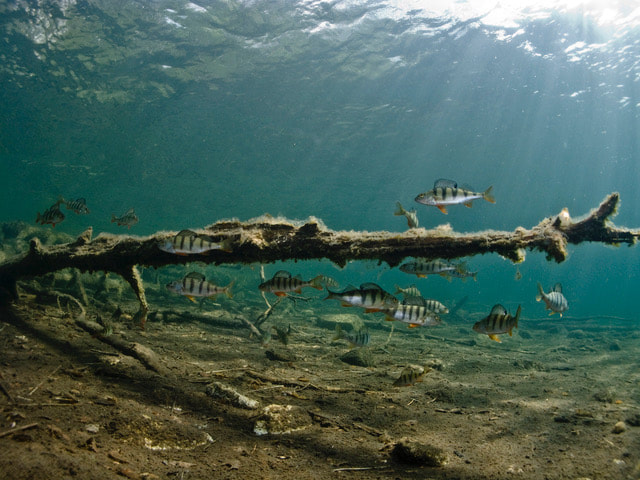|
We reached out to our festival filmmakers to ask them questions about the experience of making their films.
What inspired this story?
Marko Rohr, Producer and Director: Nature and especially the Finnish lakes have been very important to me all my life. I always knew that the lakes in Finland are something special and that the whole world should know about this unique and wonderful nature that still exists, just as it has been since the end of the Ice Age. As a filmmaker I want to take the audience into this hidden world and tell about the ancient Finnish myths and beliefs that still are an important part of our culture. I am very happy, that in Tale of a Lake I found a way to combine these two elements and can share these experiences with the audience. Very few humans can have a chance to visit these places themselves but the film travels around the world. Describe some of the challenges faced while making this film. MR: In the nature things happen according to the seasons and here in Finland the seasons are short. We say that in Lapland we have eight seasons and majority of the seasons are in the winter. This means that some animal behavior happens within just a few days. If you can’t film it now, you have to wait for a year to have your next chance. This means we needed a long time to shoot the film, altogether over 600 shooting days within three years. Lots of diving in the lakes, under the ice and filming in the wilderness in ice caves and other wonderful locations.
How do you approach your storytelling?
MR: I have a very long preparation time. My first notes concerning Tale of a Lake date back 20 years, when I was making a series about shipwrecks and was diving with my team in several lakes. After that I was collecting information and making notes of all places I visited and dived and when the time was right I finally had a chance to start filming. I have worked with my scriptwriter in numerous movies, both feature films and documentaries. He works on the storyline and I concentrate on those parts of the script that are based on certain animals or locations. We start filming with wide scope and after the first year of shooting select material, locations, animals and events that support the storyline. Then we concentrate on these elements and try to shoot maximum amount of material to have enough footage for the editor to complete the scenes for the story. Were there any surprising or meaningful experiences you want to share? MR: Some of the scenes that we managed to film were seen for the first time and there were no exact research data when and where they take place. This kind of things were e.g. lake salmon spawning, the rising of underwater mist in the big springs and the formation of ice caves in the rapids. We needed this kind of mystical material for the story, which tells about the ancient beliefs and myths that have been the guiding principles for the ancient Finns and have determined their relationship to the nature. At times it was the nature directing us filmmakers!
What next?
MR: I have started the production of the final part for the trilogy about the Finnish nature and myths: Tale of a Sleeping Giant. This film is a mythical tale that begins billions of years ago, when the first mountains on Earth were created. Slowly the mountains have moved to far up north with the tectonic plates. Over millions of years the mountaintops have eroded and the ancient roots have appeared on the surface of the Earth. Those roots are the Lapland fells; the oldest mountains in the world. In the old Sámi mythology, the fells are sleeping giants. In winter they are in deep slumber and move across the starry skies, but in summer they have colorful dreams. The movie tells about nature in the winter, spring, summer and autumn in the fells. It continues the narrative style of the film Tale of a Lake and will be shot in Lapland 2017-2019. The film will be released in 2020.
0 Comments
Leave a Reply. |
Archives
March 2024
Categories
All
|
Contact UsJackson Wild
240 S. Glenwood, Suite 102 PO Box 3940 Jackson, WY 83001 307-200-3286 info@jacksonwild.org |



 RSS Feed
RSS Feed